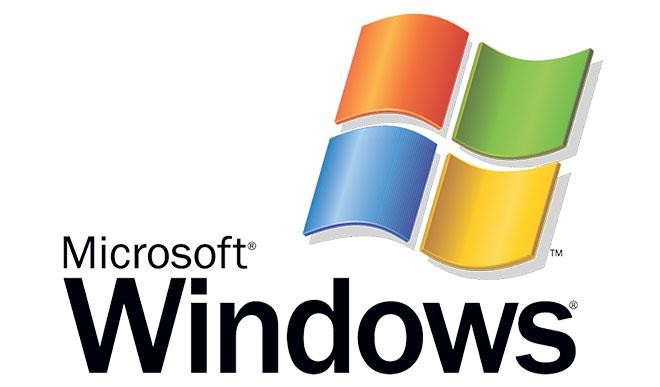Windows at 30: My recollections – Part II
Yes, older people in technology fields have to constantly pick up the new stuff otherwise they will be left behind in more ways than one. This is life-long learning. And when you do, you will have an advantage over the younger folks, because not only do you know the latest in technology, but you also […]


Yes, older people in technology fields have to constantly pick up the new stuff otherwise they will be left behind in more ways than one. This is life-long learning. And when you do, you will have an advantage over the younger folks, because not only do you know the latest in technology, but you also have more tech experience to draw from, that is not available to youth.
There are zillions of things I can recollect about Windows. The emergence of Windows in the 80s parallels the evolution of modern document generation methods – that is, word processors. When I started programming, at the University of Ibadan during the second half of the 70s, and eventually in the U.S. in the early 80s, we were using punch cards to create the codes sent to the computer for interpretation and execution. However, by the mid and late 80s, software-driven word processors came, displacing the typewriter and enabling us to write our codes in texts. WordPerfect was the leading word processing program at the time; however, leveraging on its ownership of the operating system (Windows), coupled with ease of use of its products, Microsoft (MS) was able to eclipse WordPerfect with Microsoft Word. By the time the MS Productivity Suite surfaced (in 1990) – with Word, Excel, Power Point, Access, etc., all competing products were essentially gone. Even more recently, Google and others tried to compete with MS Word, but there was just no “avenue” to do so – MS productivity tools have gotten too big and “untouchable.”
Of course, relative to the UNIX operating system, Windows is new. Thus, most of the engineering codes of the 70s and 80s were developed in one clone of UNIX or the other. For UNIX, I programmed mainly in AIX (IBM), ULTRIX (DEC), and SOLARIS (SUN).
By the middle of the 90s, very few, perhaps a handful, of us engineering professionals in the U.S. started to convert mission-critical engineering codes developed by the U.S. Department of Energy and the U.S. Department of Defense into Microsoft Windows platform. This practice was highly unpopular then, and scorned, as the engineering community in America seriously looked down on engineering codes that ran on MS Windows. (By the way, in this kind of technology, the rest of the world was in a slumber.) Folks derided Windows for serious work because they thought Windows was a toy compared with the IBM mainframes, the Cray supercomputers, and the like. There was the middle range then – the minicomputers, typified by the earlier workstations of DEC, SUN, Silicon Graphics, and the IBM RISC systems. The engineering community was basically saying that if you could not develop your codes on mainframes, you should at least use mini computers, not go down as low as microcomputers, on which MS Windows ran.
Even today, there are still some people who don’t take Windows seriously, but favor open-source Linux OS instead, since virtually all the numerous propriety UNIX clones have essentially disappeared. These are the folks in high performance computing, wherein hundreds of thousands of CPUs are clustered together into one machine. Here the use of Windows is rare. Folks would rather use Linux. I remember the shock expressed by a computer science professor colleague of mine a few weeks ago when I told him that my engineering clusters (cloud) are based on Windows.
Programming was rough in the early days. Windows had bugs that nobody could help you fix. I remember in 1995 when I got stuck with a Windows system routine called “pickcharqq.” This routine was supposed to identify the character you typed on a keyboard, but it failed to do so consistently. Efforts to have the problem resolved with Microsoft failed, until a few years later!
In the 70s and 80s, virtually all engineering codes were written in a computer language called FORTRAN, which is an acronym for “Formula Translation.” In those days, any OS worth its salt supported compilers that translated your FORTRAN codes into machine language – that is, into a form which computers understand: basically a bunch of zeroes and ones. So, it was just responsive of MS Windows to provide a FORTRAN compiler in its platform. The compiler was called Fortran Power Station (FPS), which I licensed from MS in 1993. But I guess that MS learned quickly that scientific and engineering computing was different, and perhaps not that profitable either. So, MS learned to focus. It sold FPS to DEC, who later took over Compaq Corp, and was itself later taken over by Hewlett-Packard (HP). Then, HP sold FPS to Intel, the chip manufacturing company.
Remember that in those days, if you wanted to support a printer in your code, you had to write a device driver yourself! Today, with Windows, you could pretty much find your printer’s driver online.
This article continues next week…
